PATRICK SPACE FORCE BASE, Fla. (AFNS) —
Pararescuemen, aircrew flight equipment Airmen and maritime operations specialists assigned to the 38th Rescue Squadron, Moody Air Force Base, Georgia, conducted rescue training in the Banana River and Atlantic Ocean near Patrick Space Force Base, Aug. 23-27.
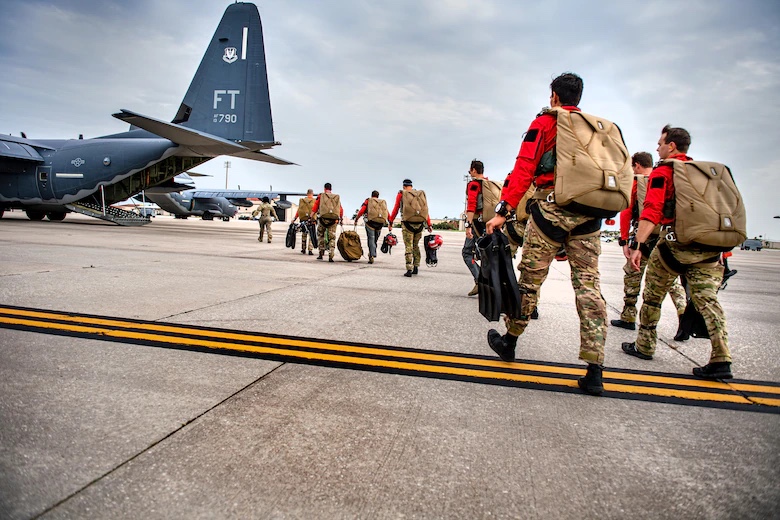
The 38th RQS Blue Team performed free fall jumps and equipment drops into water to prepare for potential operations supporting the SpaceX human spaceflight program and Boeing’s spaceflight program as well as other immediate response-force operations.
“When astronauts are doing their launches, we cover down in the Pacific or Atlantic Ocean,” said Tech. Sgt. Michael Galindo, 38th RQS pararescueman and Blue Team section chief. “That way, if they have an emergency and they need a bailout, we’re the rescue team on-site who would recover them from their capsule.”
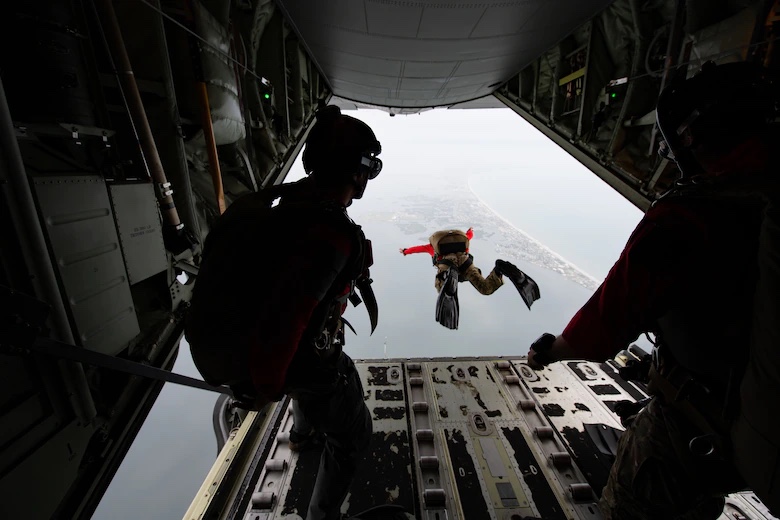
In the event of a malfunction during launch, the capsule will detach itself from the rocket and jettison away from potential explosions or other hazards. The goal is for the capsule to land in an ocean where pararescue jumpers can go in and extract anyone on board.
In order to execute this type of rescue operation, the team needs to be proficient in several areas. For starters, they need to know how to safely land in the ocean with their water gear. Additionally, there are two different boat packages they need to be familiar with: a Rigging Alternate Method Boat, or RAMB, which is a deflated Combat Rubber Raiding Craft that can be dropped by parachute into the water and then inflated upon landing; and a hard duck, which is an inflated CRRC fixed to a wooden base and dropped by parachute as well.
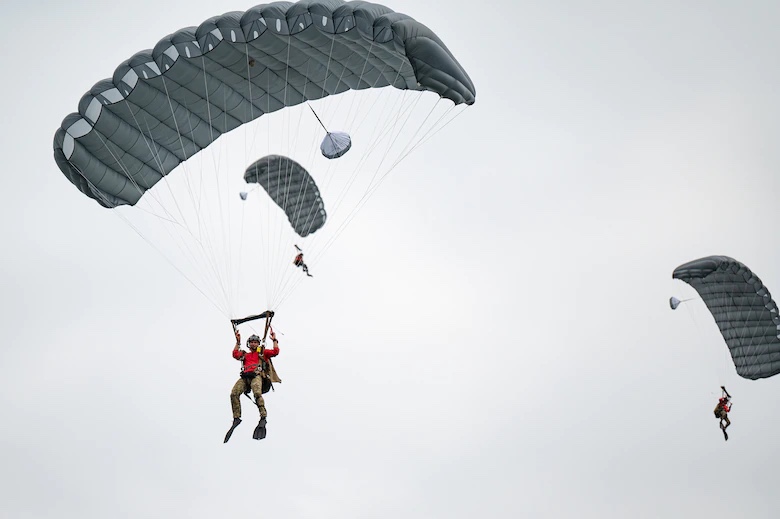
Using these packages, Galindo said their team can load the boats with medical supplies, paddles, boat engines and anything else they would need for their rescue operations. Then, the team can drop them from cargo aircraft and jump into the drop zone immediately after to conduct their rescue mission.
“In October, we’re actually doing two weeks of additional training at Cape Canaveral to learn how to access the SpaceX and Boeing capsules … and then make sure we can get access to the astronauts,” said Capt. Trent Vonich, 38th RQS Blue Team flight commander.
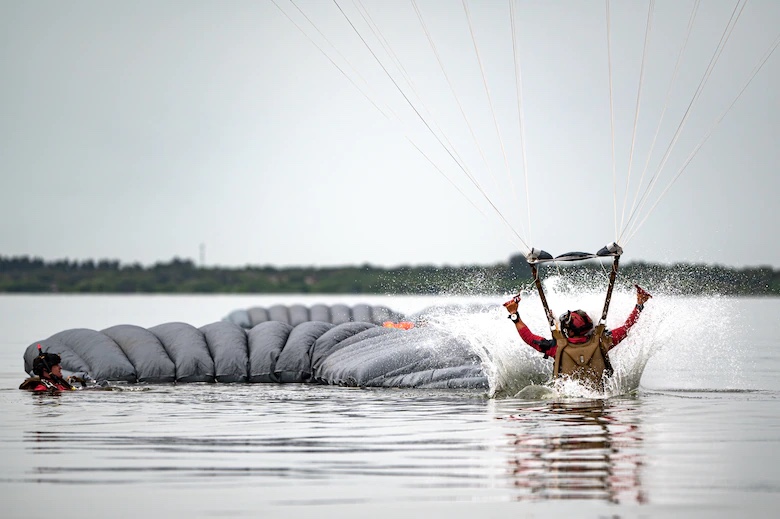
Conducting these training exercises on a routine basis ensures the teams are ready to go at a moment’s notice. This level of proficiency offers a layer of comfort for the astronauts conducting launches off the coast.
“It reassures them that if they do have an emergency, they know there’s a team who is highly trained in these types of rescues,” Galindo said. “It’s important for us to constantly keep current on this type of jump because there’s a lot that goes into it.”
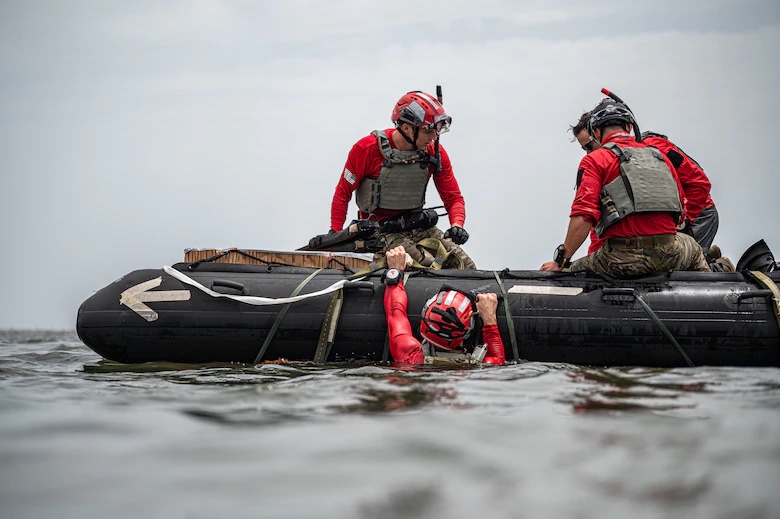
While this training was specifically tailored to support the human spaceflight programs, it doubles as preparation for potential rescue operations in contingency locations.
“The top two locations in which that would occur would be the Arabian Gulf and the South China Sea,” Vonich said. “Adversaries have a number of capabilities that could potentially put one of our aircraft in the water, and we would have to go jump into the gulf or sea and do exactly what we did in today’s training.”
Whether rescuing downed pilots off foreign coasts or supporting rocket launches in the U.S., the 38th RQS could not execute their mission without trusted teamwork.
“It’s a lot of work being a pararescueman,” Galindo said. “I’m surrounded by a bunch of great people who are constantly challenging me. We have those who are always trying to improve themselves, whether mentally or physically, and it just drives me to be a better person and reach my potential.”
SpaceX plans to launch a crew of three Oct. 31, and the team will be prepared to respond if needed.
“Heaven forbid anything goes wrong, we’ll be ready if it does,” Vonich said.
Story and photos by SSgt Devin Boyer, 23rd Wing Public Affairs
Additional photos by SSgt Melanie A. Bulow-Gonterman

